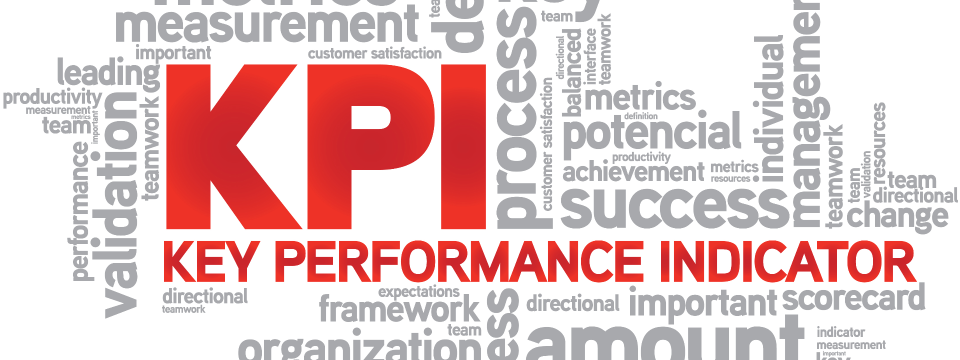Contents:
- What is a KPI?
- How to define a KPI
- How to improve a KPI
- Indicators
- Key Leading Indicator (KLI)
- Key Performance Measure (KPM)
- Measure vs. metric
- Credits and links
KPI examples:
- Finance
- Business process
- Ecommerce
- Efficiency
- Compliance
- Service level agreements (SLAs)
- Service quality
- Programmers
- DevOps
- Kanban
A key performance indicator (KPI) is a type of performance measurement.
-
A KPI evaluates the success of an organization or activity.
-
Choosing the right KPIs needs good understanding of what is important to the organization.
Success examples:
-
Repeated periodic achievement of an operational goal, such as 100% customer satistfaction, or zero defects, etc.
-
Making progress toward strategic goals.
Wikipedia pages:
Our related guides that use KPIs:
To define a KPI, you can cover these areas:
-
Title: use an exact name to avoid ambiguity
-
Objective: the relation of the indicator with the organizational objectives must be clear
-
Scope: state the areas of business and/or parts of the organization that are included and/or excluded.
-
Target: Benchmarks must be determined in order to monitor progress
-
Formula: the exact calculation of the indicator
-
Units: what is/are the unit(s) of measurement in use
-
Frequency: when is the indicator recorded and reported
-
Data source: the exact data sources involved in calculating a indicator value
-
Owner: the accountable person for the indicator
-
Comments: any outstanding issues regarding the indicator
To improve a KPI, you can ask these questions:
-
Does it clearly define what constitutes success?
-
Does it clearly relate to a strategic objective and key result (OKR)?
-
Does it provide the information required to set SMART goals?
-
Does it accurately portray progress and probability of achieving both long-term strategic objectives and near-term milestones?
-
Does it identify the root causes of barriers?
-
Does it focus the organization on the priority improvement needs?
-
Does it drive the behavior and actions required to achieve the objectives?
-
Does it align work with value?
-
Quantitative indicators: can be presented with a number.
-
Qualitative indicators: can't be presented as a number.
-
Leading indicators: predict the outcome of a process
-
Lagging indicators: present the success or failure post hoc
-
Input indicators: measure the amount of resources consumed during the generation of the outcome
-
Process indicators: represent the efficiency or the productivity of the process
-
Output indicators: reflect the outcome or results of the process activities
-
Practical indicators: interface with existing company processes.
-
Directional indicators: specifying how something is changing, such as getting better or worse.
-
Actionable indicators: sufficiently in an organization's control to effect change.
-
Financial indicators: used in performance measurement and when looking at an operating index.
A Key Leading Indicator (KLI) is a KPI that tends to show up earliest.
A Key Performance Measure (KPM) is how you measure a KPI.
There is overlap between a measure and a metric.
-
A measure is concrete, usually measure one thing, and are quantitative in nature (e.g. I have five apples).
-
A metric describe a quality and require a measurement baseline (I have five more apples than I did yesterday).
Examples:
-
A measure can be useful for demonstrating workloads and activity
-
A metric can be useful for evaluating compliance, processes effectiveness, and measuring success against established objectives.
